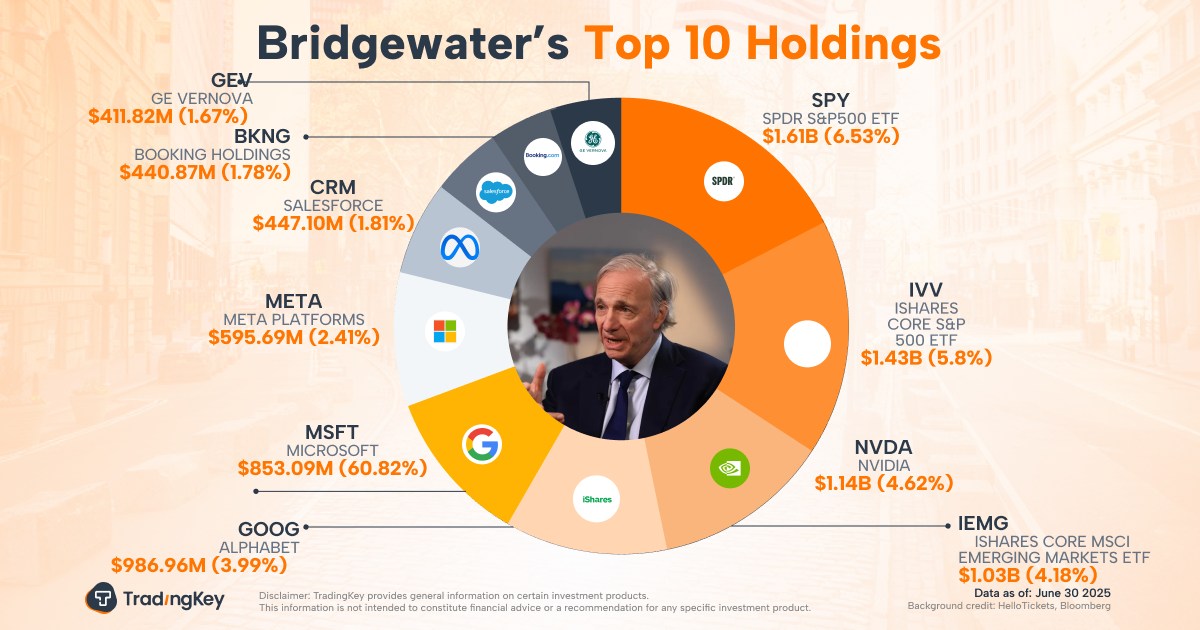Everest CEO says “decisive” $1.7bn reserve action “turns the page” on US casualty issues

By David Bull
Jan 28 - (The Insurer) - Jim Williamson has said Everest will return every casualty account to target profitability in one renewal or get off the account, as he acknowledged the carrier’s underwriting choices contributed significantly to “unacceptable” results and added that the decisive action it is now taking “turns the page” on the issue.
The Everest CEO – who took over after Juan Andrade’s sudden departure for USAA earlier this month – was talking to analysts this morning after the Bermudian announced a $1.7bn pre-tax reserve charge Monday following the market’s close in New York.
The charge came as the company reported $684mn of adverse development on US casualty business written by its reinsurance segment, and $1.3bn of adverse development on US casualty business written by its insurance segment, including $1.1bn on prior-years and $200mn on the current year.
There was also $425m of adverse development in the company’s “other” segment, including $315mn related to sports and leisure lines, after the effect of the sale of the business in October last year.
The adverse development in reinsurance was offset by an equal amount of favourable development in property, mortgage, and other lines.
On the call, Williamson said Everest has taken “decisive action” to strengthen its casualty reserve position across both divisions, following an extensive in-depth analysis.
He added that the analysis included an assessment of open claim volumes as well as key indicators of its underwriting performance leading to a “prudent” actuarial indication, with management then adding a “robust” risk margin above that to arrive at a “conservative and sustainable” best estimate.
“Our goal for this process was to firmly put this issue behind us. We will maintain this posture for setting loss picks and will not take credit for our underwriting actions until we see proof that these actions are improving results,” said the executive.
Williamson highlighted the widespread problem of legal system abuse in the US, with rising average loss severities, attorney involvement in claims, and tactics deployed by the plaintiff bar to manipulate jury emotions to achieve outsized awards or force large settlements.
He said that the phenomenon is an “attack” on every American and a “growing barrier to a vibrant economy”.
“Many insurance and reinsurance carriers have been affected by this trend and Everest is no exception. However, it’s important to acknowledge clearly that our underwriting choices contributed significantly to these results.
“A high concentration in casualty which reached 45 percent of our North American insurance GWP in 2022, coupled with the willingness to write classes like real estate, habitational and sports and entertainment, magnified the impact of social inflation,” the Everest CEO commented.
Williamson, who had previously headed Everest’s reinsurance business, took on oversight of the company’s insurance division in March last year, before this month taking the reins as group CEO.
“My personal view on these results can be summed up in a single word: unacceptable. We can and we will do better for our shareholders, for our customers and for our colleagues,” he said.
Aggressive action including “one renewal standard”
He said the “aggressive action” being taken to transform Everest’s North American insurance business did not start with the reserve charge announced Monday.
“It began with the onboarding of a new chief pricing actuary and chief underwriting officer in 2023 [and] accelerated aggressively in March of 2024 when I took over the insurance divisions,” Williamson added.
He said that the day he took on oversight of the insurance division last March, he was giving direction to some teams “to start shedding their portfolios, in some cases decisively, meaning a near exit or an exit of the business that they were participating in”.
He highlighted changes to the leadership team across Everest’s North American business, including bringing in former Chubb executive Bill Hazelton, who has taken the reins of the division.
And Williamson said Everest has an account level plan to remediate its US casualty books which he termed a “one renewal standard”.
“That means we will return every casualty account to target profitability in one renewal or we will get off the account. Period.
“We are not afraid to lose unprofitable business as evidenced by third quarter results, where 37 percent of our casualty premiums were not renewed and those accounts that were renewed went through substantial structural and rate changes,” he said.
Everest is also “prudently growing” in areas where it has consistently earned solid returns, which he said is bringing balance to its book, citing the example of 20 percent growth in its first-party book in Q3.
Williamson said he expects the account-by-account remediation of Everest’s casualty book to be completed before the end of 2025, as he stated that the company’s target objective is to deliver a mid-teens total shareholder return over the cycle.
Insurance casualty strengthening primarily for 2020-2024
On the call, Everest CFO Mark Kociancic provided detail around the reserve strengthening, revealing that the majority of the action in the company’s insurance division was for the more recent accident years 2020 to 2024.
He said the carrier’s portfolio of excess casualty, general liability and commercial auto liability “clearly underperformed” in the period, with the strengthening a response to the increased loss experience and higher risk environment for US casualty, in addition to bringing the data forward on more recent accident years.
“We observed the upward pressure on loss ratios for older years, 2021 and prior, and we therefore reassessed our ultimate loss views for more recent years, 2022 to 2024.
“We applied a bridging procedure that trends the experience of older years and brings them to current rate and loss trend levels. This now forms the foundation of our ultimate ratio selections for 2022 to 2024,” the Everest CFO continued.
Kociancic said industry loss costs remain elevated with the company’s view that the loss trend will average around 12 percent for general liability, excess umbrella and commercial auto combined.
“Going forward and given the risk environment for US casualty, we are being prudent to account for any potential volatility and increasing the uncertainty margin in our loss picks above and beyond our estimate for US casualty loss trends.
“And while we are disappointed with our results, our decisive actions to fortify US casualty reserves and the underwriting actions Jim described earlier have us on a path forward toward sustained profitability as we navigate this high-risk environment,” he commented.

.jpg)



